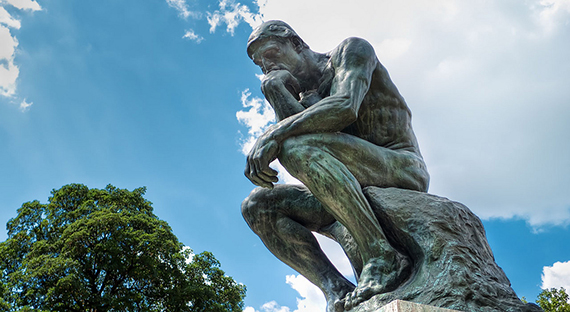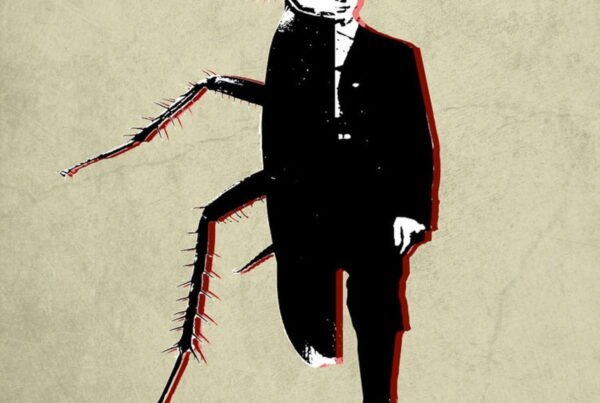Irish Literature and the Celtic Revival, Synge and O’Casey
Synge and O’Casey were literary revivalists, they differed in how they portrayed Ireland in their
plays ‘Riders to the sea’ and ‘Juno and the Paycock’. O’Casey’s plays were often written in
heavy Irish slang and dialect whilst Synge developed a written technique which was quite
broad, catering to Irish dialects throughout Irish province yet also including British language and
dialect. Irish literary culture during the late 19th century and early 20th century was closely
connected to folklore and mythology which was prevalent in many Irish literary revivalists,
including Yeats, to maintain Irish heredity, as “some English writers… regarded Irish language as
the source of Irish culture” (Gilmartin, Elizabeth. Pg.1). Despite Synge catering to multiple
dialects, it is arguable that this developed more reach due to its easier reading, whilst O’Casey
may have appealed more to Irish nationalists, regardless both were maintaining Irish legacy
through literary means.
To understand literary revivalism, you need an understanding of Irish history, McCaffrey stated
that “American and British newspapers tend to describe the conflict in Northern Ireland as a
religious war, a throwback to the savagery of the seventeenth century” (McCaffrey, L. 1973.
Pg.525). The conflict was between English protestant royalists attempting to change Ireland and
their Catholic population into a British state. This dispute resulted in Irish militant groups such
as the Irish Republican Army (IRA) amongst other sectarian groups which were trying to
maintain Irish heritage, much like the literary revivalists including Synge, O’Casey, Yeats and
many more. Whilst the IRA and other sectarian groups were fighting a civil war, the literary
revivalists were dedicated to maintaining Irish folklore, dialect and mythology. As a result,
literature and poetry written by literary revivalists is among the most important literature in
modern history.
Both Synge and O’Casey’s plays displayed poverty and adversity in the name of tragedy. Synge’s
play ‘Riders to the Sea’ was depicted in an impoverished country setting the Aran islands, in
which he spent 4 years analyzing their language and behavior’s before writing his play. This,
although different shares similarities to O’Casey’s ‘Juno and the Paycock’ where “O’Casey wrote
of the lives of ordinary men and women at a particular time of social upheaval” (Ayling, Ronald.
Pg.420), The social upheaval Ayling is referring to is the Irish civil war where poverty and
rampant violence was becoming more prevalent, as Irish Catholics were in dispute with English
protestant royalists.
Colloquialism in Synge’s ‘Riders to the Sea’ is quite easy to read as an outsider, although use of
slang is prevalent, compared to Juno and the Paycock it is miniscule. It was argued that Synge’s
lack of Irish identity in ‘Riders to the Sea’ was an insult to Irish nationalism, yet as a play it was
more applicable globally than ‘Juno and the Paycock’ in terms of dialect. Synge used language
from dialects from multiple states in Ireland but also used English language. Tactically this
allows the play to be more accessible, although it doesn’t fit the strict regimen of some Irish
literary revivalists. Although separate styles of writing, Riders to the sea still depicts living
circumstances within the remote Irish Aran islands, regardless of whether it was a small fishing
town in the Aran islands or tenement living in Dublin, they both depict the Irish lifestyle,
poverty and social upheaval during the late 19th and early 20th century.
Turmoil during the early 20th century Ireland was a consistent theme as there were attacks from
nationalist groups such as the Irish Republican Army (IRA) and attacks from English troops in
which 4,000 deaths were recorded. According to Ayling, Juno and the Paycock captures the
“most momentous events in recent Irish history, not from the point of view of the political and
military leaders but from the ordinary people unwillingly caught up in the indiscriminate
savagery and recrimination of civil war and revolution” (Ayling, Ronald. Pg.492). Displaying this
tragedy through a Dublin family living in the tenements depicts the true nature and volatile
situation Irish civilians were in, both nationalists and English royalist affiliated. These factors
show the Irish as they truly are, in a state of war, poverty and turmoil making ends meet. Juno
and the Paycock as a modern tragedy, showing tragedy on levels of political and social
instability within a family, as the central theme of the play much alike to Synge’s Riders to the
sea.
Irish literary revivalism at its core is the idea of maintaining Irish identity, in the confronting
setting of the English protestant conflict literary revivalists were the Irish identity and believed
that it was their duty to maintain Irish heritage. Irish literature is important due to the context,
amidst the English invasion the Irish nationalist’s developed sectarian groups to overthrow the
English protestant royalists to maintain Ireland as a republic. Nationalists of all factions served
roles to maintain Irish heritage such as John O’Leary, Robert Emmet, Edward Fitzgerald and
Wolfe Tone were all prominent nationalists, Yeats draws on these nationalists in his poem
‘September 1913’ in which he says Romantic Ireland’s dead and gone, It’s with O’Leary in the
grave – (Yeats, 1913). This statement from Yeats shows the growing concern of Ireland, and its
Celtic heritage.
Synge’s Riders to the sea’s characters can be observed as an abstract of Irish nationalism failing.
During the 19th century men were the source of money for their families, Yeats mentioning
“romantic Ireland’s dead and gone” (Yeats, 1913) can draw parallels to Maurya’s sons passing,
and the imminent death of Bartley, her last surviving son. The passing of the men of the family
can draw a connection to Irish nationalism failing, as the back bones of Ireland, much like the
men of the family are passing, and the failing cause of the Irish literary revival.
Through studying the history of Ireland and its conflict during the late 19th and early 20th
century we can understand the importance of colloquialism in Irish literature, especially
through literary revivalists. According to McCaffrey, and justifiably so, the most controversial
subject in Irish history is the complicated subject and relationship between Irish nationalism
and Irish Catholics (McCaffrey, L. 1973. Pg.525). Although separate use of Irish dialect is present
between Synge and O’Casey’s style of writing, the importance of Irish folklore, Irish mythology
and the representation of the Irish people is a common theme between the two authors.
Therefore, we can understand how both Irish culture and religion have impacted one of the
most substantial moments in Irish history, the Irish civil war and the role of literary revivalists in
preserving Irish culture. These literary revivalists have created such an impact it is visible in
recent years, Irish musicians such as the Cranberries are still writing songs about Irish
nationalism, including their song zombies which was released in 1994, regarding the bombings
in England attributed to the IRA.
References
Ayling, Ronald. (1972) “Popular Tradition and Individual Talent in Sean O’Casey’s Dublin
Trilogy.” Journal of Modern Literature, Vol. 2, No. 4 :491-504.
http://www.jstor.org/stable/30053205
Schrank, Bernice. (1975) “Dialectical Configurations in Juno and the Paycock.” Twentieth
Century Literature 21, no. 4: 438-456.
Gilmartin, Elizabeth. (2004) “The Anglo-Irish Dialect: Mediating Linguistic Conflict.” Victorian
Literature and Culture 32, no. 1 : 1–16. http://www.jstor.org/stable/25058649.
Saddlemyer, Ann. (2007) “Synge’s The Aran Islands (1907).” New Hibernia Review. 11/ 4:
http://muse.jhu.edujournals/nhesummary/v011/11.4saddlemyer.html
McCaffrey, L. (1973) “Irish Nationalism and Irish Catholicism: A Study in Cultural Identity.”
Church History 42/ 4: 524-534.
Yeats, W.B, (1913), September 1913. Available at:
https://www.poetryfoundation.org/poems/57309/september-1913

Literature


